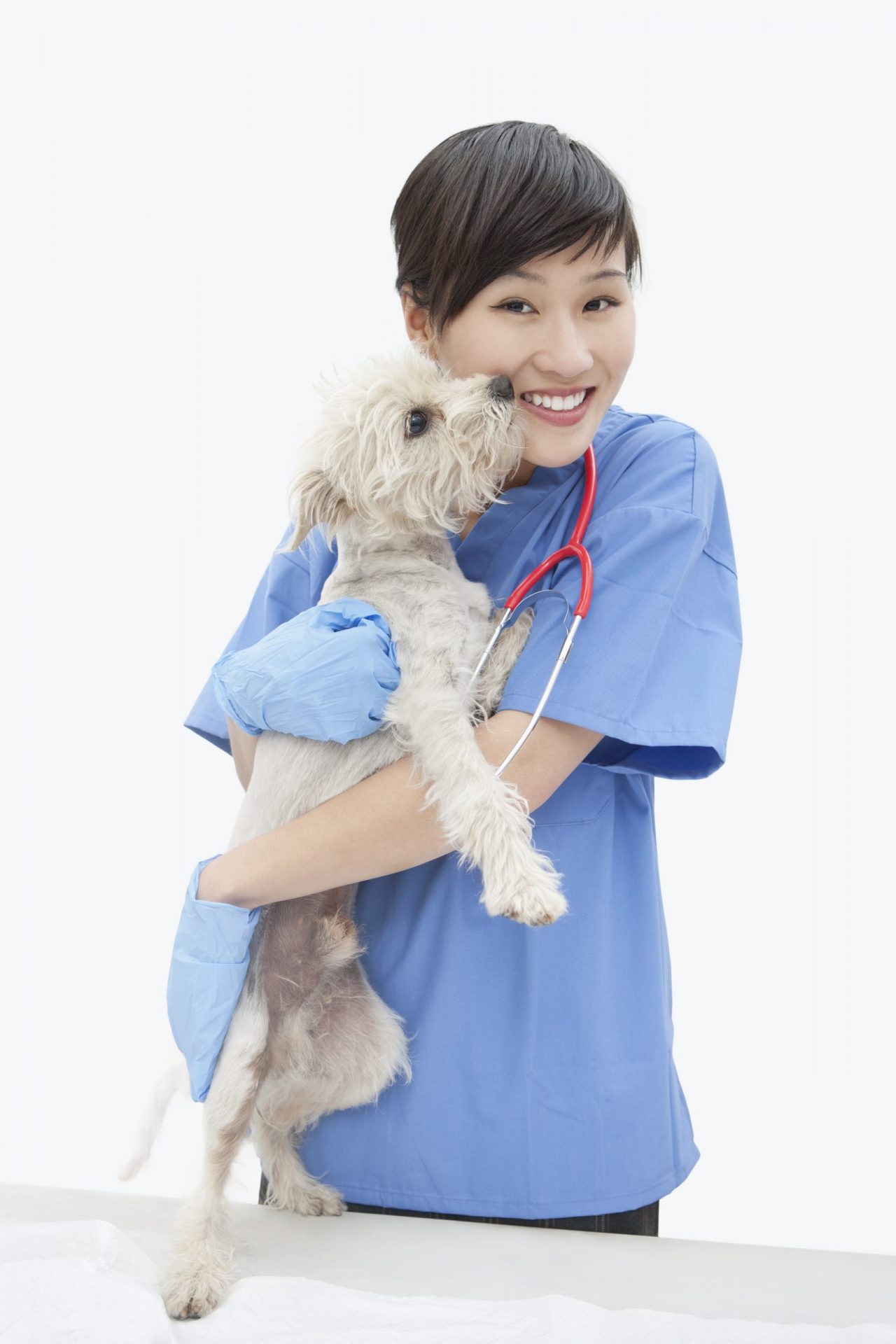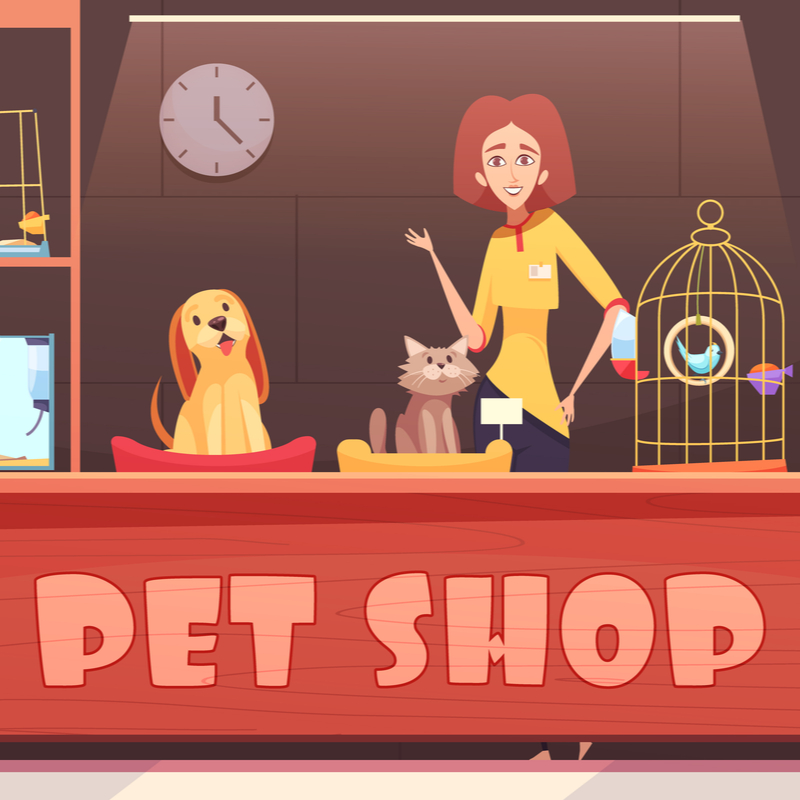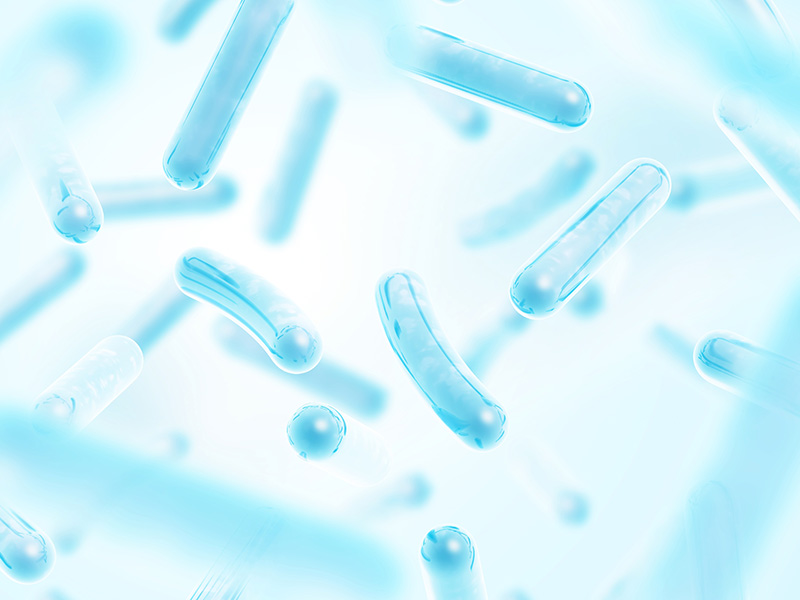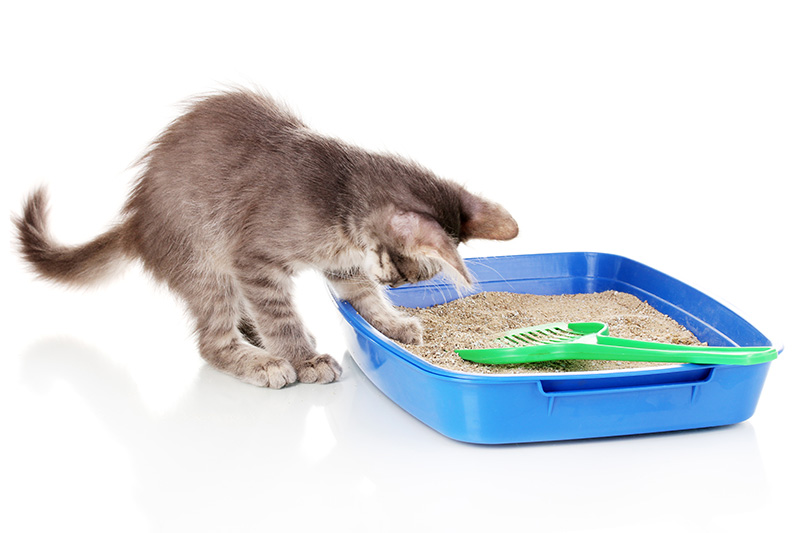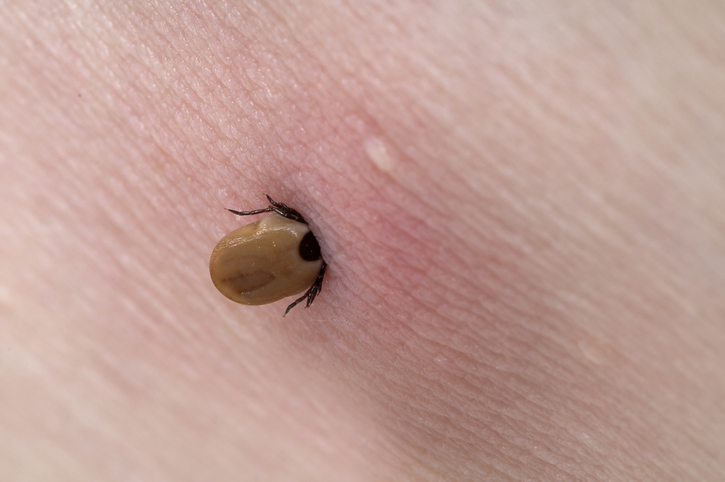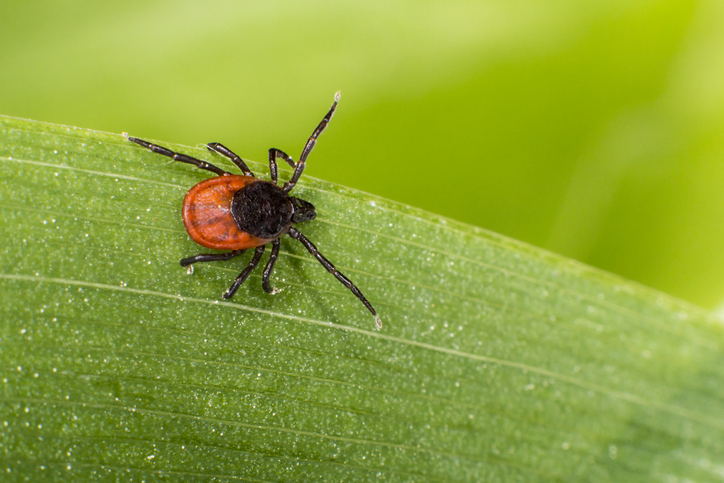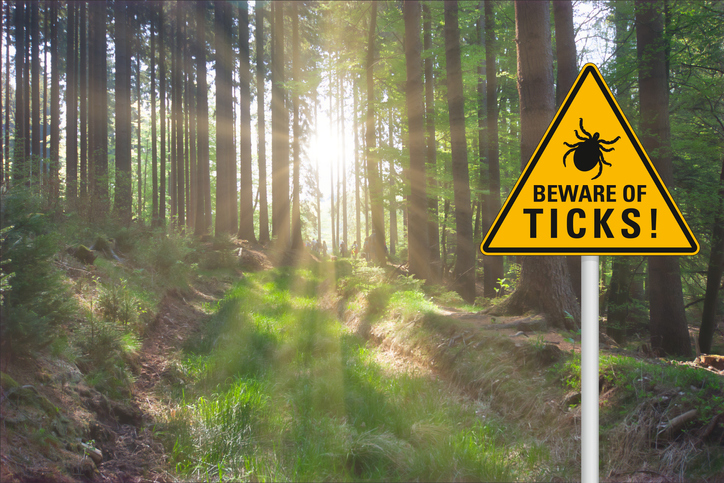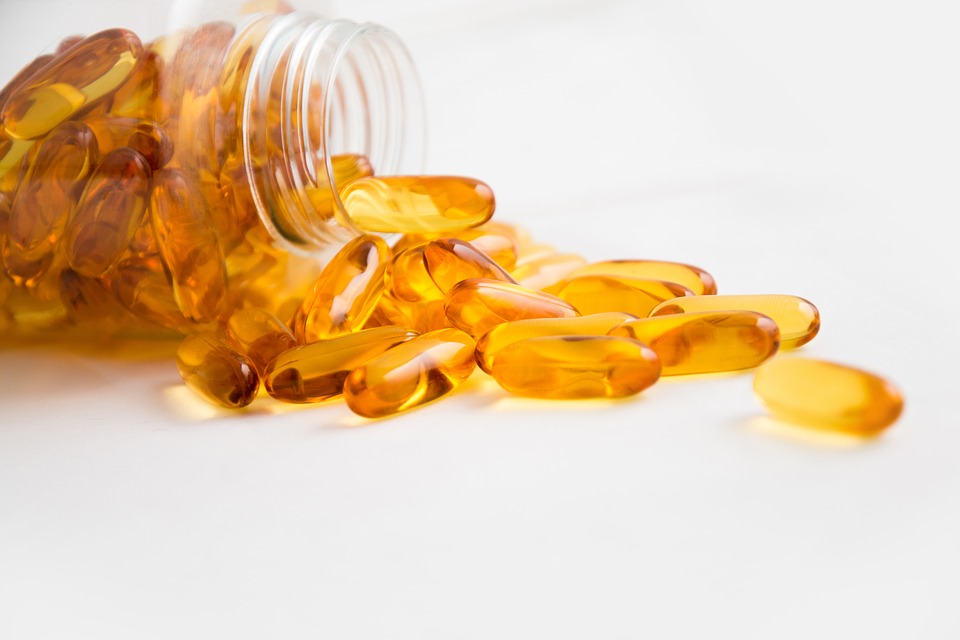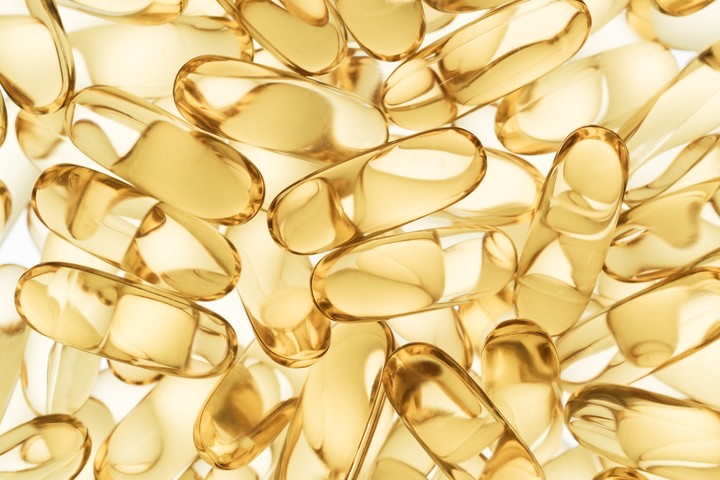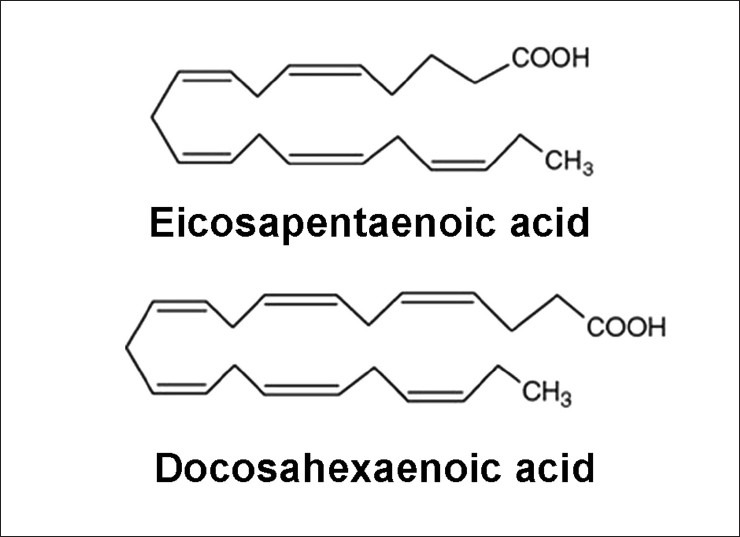Chronic neck pain affects your daily life and can cause you to feel hopeless. My hope is that neck pain does not affect you. If it does, please read on. Neck pain is a problem I have been working through for a number of years now. I am 51 and have started to feel some relief. My recovery has included different steps and therapies, and I am sharing those experiences with you! Let’s explore what has caused to my neck pain in this post. We will dive into what I found helpful in my recovery. At the end of this article you will find usefull links to sources I am using.
Contributing Factors
Several factors I believe contributed to my terrible neck pains. Included in these are my work history, the aging process, past medical experiences, and a sedentary lifestyle. Working together, this group increased my neck pain, and made my daily life a struggle. Below I have explored some of the factors I found to be the biggest triggers of my neck pain. In working to relieve my neck pain, I was patient and persistent. I explored how much I sat, the breaks I took throughout the day, and my bad body alignment.
Work History
Several years ago, I worked as a bus driver. This is a job I no longer do, for a few reasons. The hours I worked were random and left me little chance to be active. Driving the bus also put my body in a painful stance throughout the shift. This worsened my pain. At this same time, I was also running my own business (and still am!) I was working long hours at a desk, which again was forcing my body into poor posture. I do still run my own business and have made changes to my work habits. Working both at driving the bus, and running my own business left me with no extra time, as well as exhausted. This made it hard to exercise and stay in shape.
Past Medical Experiences
In the past, I had surgery for my knees. This helped get rid of the pain in my joints. The surgery left me unable to play any sport involving a ball. I still work at being active and have had to change the way I move my body. In the past, my favorite sports had been tennis and soccer, and I found that I could no longer enjoy these. I started walking daily, for an hour. I also ride my bike. Cycling is not great for my neck, but here in Amsterdam, it is a great way to get around.
Habit Changes
About three years ago, my pain became worse. I knew I needed to change my habits. These habits are now part of my daily routine. I now go for massages almost weekly. This helps to release the tension in my muscles. Walking for one hour a day has also been helpful. In this hour I may walk around the block, or visit neighbors. This activity has helped me to become stronger. In my office I have also made some changes. I now make use of a work table with an adjustable height. This allows me to keep good posture during tasks. I also keep some items out of reach, forcing me to take a few extra steps throughout the day. Sometimes I will walk to another level in the building, visiting my brother. Other times I will work on my Lego projects. This also acts as a break from working in front of the computer. In my office I have also included a neck swing, attached to a door. This allows me to stretch my neck muscles while working.
Personal Insights
I am going to share with you my views into my own pain management. In working with my pain, I have set some boundaries for myself. I will very often say “no” to social outings. The limits I have in place are to protect my health. Explaining to family and friends the effect it would have on my pain has been very helpful in saying “no”. I used other treatment options. These will be talked about at length in the next post. Listening to my body, and being patient helped me as well. I have also preformed my own research. I have reviewed everything from treatment options, to mattresses and stretching,
I encourage you to examine these factors in your own life. Consider how they may be affecting your neck pain. My hope is that some of my tips will help. The results I achieved were due in part to being patient with myself during my healing journey. I also advise changing pain relief methods when needed.
Understanding The Long-Term Effects Of Chronic Pain
As promised , we are going to talk about the different options I experienced while treating my neck pain. I did not want to use pain killer tablets, and only took the odd Tylenol. I also experienced very little relief with these pills, leading me to other options. CBD oil that I use and is purchased from the chiropractor has been helpful. It has been difficult to find a good one, with only CBD and no THC. I use it very sparingly and only when I feel as though my muscles need extra help to relax. When I first started using the CBD oil, I used too much. This caused my body to relax too much, and I needed to lay down for the night. Since then, I started using very small doses, and use it only when needed. I also found that lying flat on the floor helped to relieve my pain. At the office, I have a neck swing that I use. This helps to take pressure off my muscles and allows me to stretch. At home, I use a machine that provides electrical stimulation to my muscles. It pulses to relax tight muscles. I use it at bedtime and while watching TV.
Professionals I Worked With
Initially, I worked with my own doctor. We work as a team and are always teaching each other. She was the person who told me “sitting is the new smoking”, and I think you will hear this a lot in the future. She told me that if I didn’t make a change to my habits, and work on my health, I would be paralyzed. This was a great shock to me. My doctor is very open minded and is willing to research new pain control techniques, as well as review the ones I bring to her.
I also work with a physiotherapist. My experience with them has been positive. They have taught me many exercises and stretches to strengthen my neck. Some of the treatments they suggested worked, but there is never just one fix. I used a combination of many things. Many of these I still preform at home. I have also experienced dry needling. This hurts at the time of treatment and is a short-term fix. Dry needling allows for trigger points in my neck and shoulders to be relaxed. This loosens the muscles, and I can finish the exercises.
I have also worked with a chiropractor. It was always a relief to see him, and my pain was always less after an appointment. It was good to lay on the table and feel him realign my body. I often stopped going when the pain was less, and this made it worse. My pain was what I used to make changes in my day. While on holidays or while travelling, I used pain to adjust my body alignment to minimize pain.
Dr. De Haas is a specialist I worked with for 8 sessions. He is a Dutch man, and the only doctor of his kind. I would drive for several hours to see him. Dr. De Haas taught me how to properly sleep, and recommended new exercises, with the Flex Band. After my eight sessions, I felt relief. We will discuss sleep in this article as well. The Flex Band has allowed me to train my neck, and especially my shoulders.
I hate to diet to lose weight. I also found that working out in a gym was worsening my problem. I was exercising in short bursts, damaging my neck. This led me to research other ways to stay active. YouTube was helpful, as it showed me some good stretches, I was not aware of. I also started working with Critical Bench. Here, I learned hip exercises, that provided me with good results. I had to be patient and learn them. I started only doing a few minutes of the exercises before bed and have now increased the amount I do daily. I do 15 minutes before bed. Yoga is also something I have started doing to decrease my neck pain. I do not like to do this in a studio. I prefer to practice it at home, while listening to rock music. I complete a session in my home one to two times a week. In learning to move my body properly, I also use the Feldenkrais Method. This is a way to retrain your brain, and therefore, relearn how to move your body. I learned what I should be moving first, to move my body and experience less pain and better healing. I now turn from the waist first and allow my neck to follow. The body will remember what is good for it. This system uses a lot of stretching as well. I participate once a week and have seen fast improvement.
Posture and Physical Activity
Being aware of my posture while awake and while sleeping helped me to work through my neck pain. I am always aware of my body position and adjusting it for pain relief. I am sleeping well now. At first, I videotaped myself sleeping. I found that I was sleeping in a “U” shape, which did not support my neck. Dr. De Haas and Critical Bench both stressed the importance of good positioning during sleep. Knowing this, I spoke with a sleep specialist. I also performed a lot of my own research into sleep surfaces. I tested different mattresses. I now have one mattress with magnets, and one without. I prefer to sleep on a hard surface. This keeps my body straight and stops my neck from bending painfully. I found that finding the correct mattress and sleep changes easy to evaluate. If I have pain on waking, I evaluate it, and make changes. If my neck if painful at night, I will sleep with a neck pillow. I feel it is important to be adjusting for pain relief even at night.
While awake, I make sure there are breaks in my day. If I feel tired at home or work, I will move around. I will take out the trash or do the dishes. The washroom in my office is on a different level. This has helped me to get more activity in my day. The small movements and breaks have helped to take strain off my neck. I am also always evaluating my posture while working at the computer. I sit up straight from the chest, and make sure to keep my neck in good alignment. I include the exercises taught to me by physio and Critical Bench through my day. In working with my pain, and these people, I have learned that the time between pains would become longer and longer. The pain would also go away faster. My pain has gone from a 2 (very bad) to an 8 (not bad at all). I know what to do to work with the pain. This has provided me with peace of mind. I can now deal with the causes of my neck pain, having pinpointed them.
I hope that you have found relief for your neck pain with some of my tips. I do still experience pain. The time between painful flare ups has become longer. The pain now lasts for less time. I am also able to treat it more quickly. I hope that you will be able to as well.

